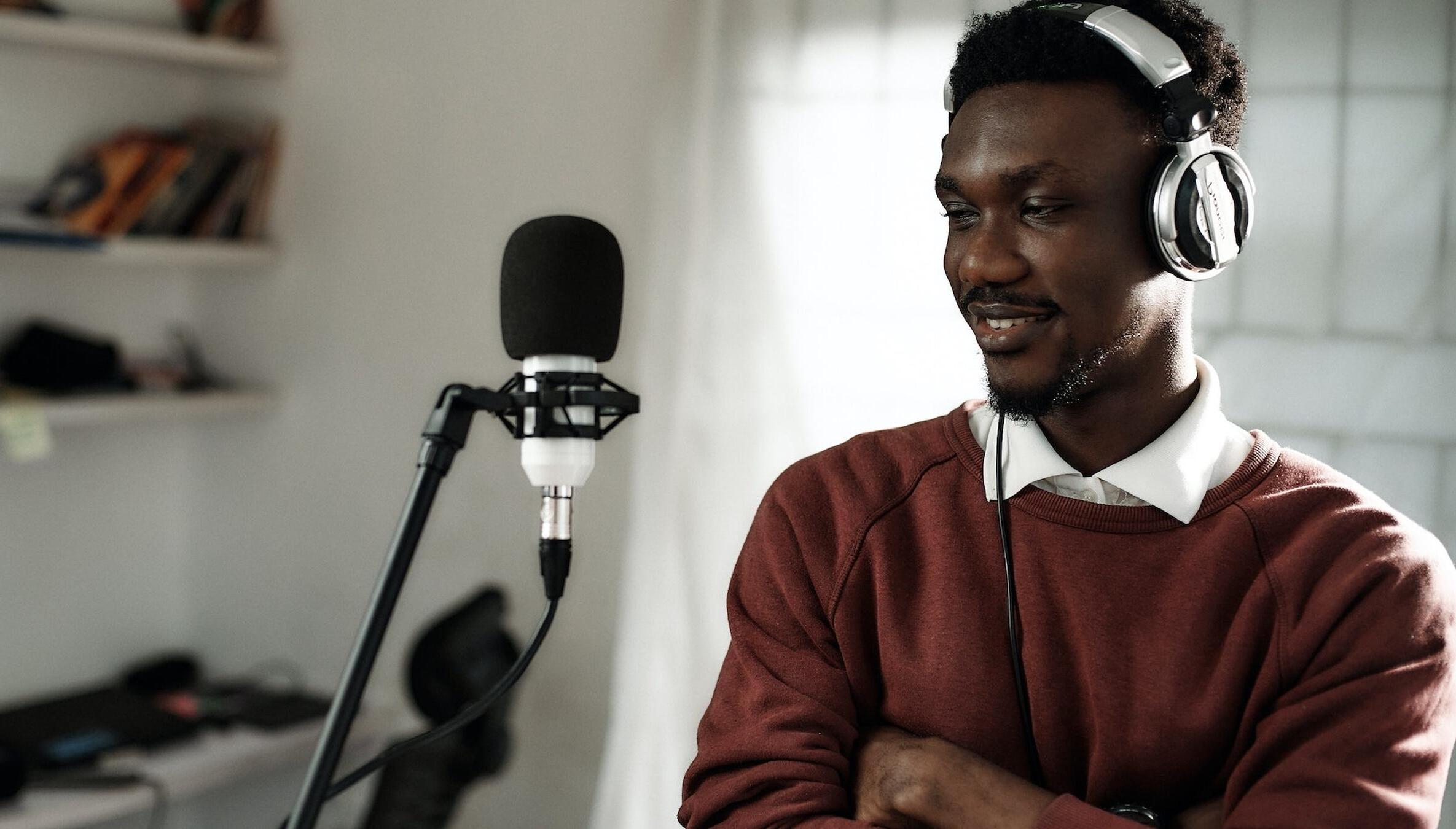
Ever wondered what ancient Egyptians looked like? Thanks to Egyptian mummy facial reconstruction, we can now see the faces of people who lived thousands of years ago. This fascinating process combines art, science, and technology to recreate the appearances of mummies. Experts use CT scans, 3D modeling, and forensic techniques to build lifelike images. These reconstructions help us understand more about ancient Egyptian culture, health, and daily life. They also provide a unique glimpse into the past, making history feel more real and personal. Ready to dive into 35 amazing facts about this incredible process? Let's get started!
Key Takeaways:
- Egyptian mummies were preserved for the afterlife, and facial reconstruction helps us see what they looked like. It combines art and science to bring ancient people to life.
- Facial reconstructions provide historical insights and connect us with ancient civilizations. They reveal health, social status, and can be used in museums and educational programs.
The Fascination with Egyptian Mummies
Egyptian mummies have captivated people for centuries. Their preservation and the mysteries surrounding them have led to numerous studies and reconstructions. Here are some intriguing facts about Egyptian mummy facial reconstruction.
-
Ancient Egyptians believed in an afterlife, which is why they mummified their dead. They thought preserving the body was essential for the soul's journey.
-
Mummification involved removing internal organs. The brain was often extracted through the nose using special hooks.
-
The heart was left inside the body. Egyptians believed it was the seat of intelligence and emotion.
-
Mummies were wrapped in linen. Sometimes, up to 20 layers were used to ensure preservation.
-
Facial reconstruction helps us understand what ancient Egyptians looked like. It combines art and science to recreate faces from skulls.
The Science Behind Facial Reconstruction
Facial reconstruction is a meticulous process that blends forensic science with artistic skill. Here are some facts about how this fascinating process works.
-
CT scans are often used to create 3D models of mummy skulls. These scans provide detailed images without damaging the mummy.
-
Forensic artists use clay or digital software to build facial features. They rely on muscle structure and tissue depth markers.
-
Tissue depth markers are based on modern human averages. These markers guide the artist in building accurate facial features.
-
Reconstructing a face can take several weeks or even months. The process requires patience and precision.
-
DNA analysis can provide clues about hair and eye color. This helps make the reconstructions more accurate.
Historical Insights from Facial Reconstructions
Facial reconstructions offer more than just a glimpse into the past. They provide valuable historical insights and help us connect with ancient civilizations.
-
Reconstructed faces can reveal health issues. Signs of diseases or injuries can be detected on the skull.
-
They help identify social status. Dental health and skull shape can indicate a person's lifestyle and diet.
-
Facial reconstructions can be compared with ancient art. This helps verify the accuracy of historical depictions.
-
They provide a personal connection to history. Seeing a reconstructed face makes ancient people feel more real and relatable.
-
Reconstructed faces can be used in museums and educational programs. They bring history to life for visitors and students.
Famous Egyptian Mummy Reconstructions
Some Egyptian mummies are more famous than others. Their reconstructions have garnered significant attention and provided fascinating insights.
-
King Tutankhamun's face has been reconstructed multiple times. Each reconstruction offers a slightly different interpretation.
-
Queen Nefertiti's bust is one of the most famous reconstructions. It combines historical records with modern techniques.
-
The mummy of Ramses II has been reconstructed to show his regal features. His face reflects his status as one of Egypt's greatest pharaohs.
-
The Younger Lady, believed to be Tutankhamun's mother, has also been reconstructed. Her face provides clues about her relationship to the famous king.
-
The reconstruction of the "Screaming Mummy" revealed signs of a violent death. This mummy's face tells a tragic story.
Challenges in Facial Reconstruction
Reconstructing faces from ancient mummies is not without its challenges. Various factors can complicate the process and affect the final results.
-
Skull damage can hinder accurate reconstruction. Many mummies have suffered damage over the millennia.
-
Missing parts of the skull require educated guesses. Artists must use their knowledge and experience to fill in gaps.
-
Cultural differences in facial features must be considered. Modern averages may not always apply to ancient populations.
-
Preservation methods can affect the skull's shape. The mummification process can alter bone structure.
-
Limited historical records can make it hard to verify accuracy. Artists often rely on a combination of science and intuition.
Technological Advances in Facial Reconstruction
Technology has revolutionized the field of facial reconstruction, making it more accurate and accessible. Here are some ways technology is changing the game.
-
3D printing allows for physical models of skulls. These models can be used for hands-on reconstruction.
-
Advanced imaging techniques provide detailed views of skulls. This helps artists capture subtle features.
-
Digital software can simulate muscle and skin layers. This makes the reconstruction process faster and more precise.
-
Virtual reality can bring reconstructed faces to life. Users can interact with 3D models in immersive environments.
-
Artificial intelligence can assist in predicting facial features. AI algorithms analyze data to suggest likely appearances.
The Future of Mummy Facial Reconstruction
The field of facial reconstruction is constantly evolving. Future advancements promise even more exciting discoveries and insights.
-
Improved DNA analysis will provide more accurate reconstructions. Genetic data can reveal detailed information about appearance.
-
Collaboration between scientists and artists will enhance techniques. Combining expertise leads to better results.
-
Public interest in ancient history will drive further research. Increased funding and attention will support new projects.
-
Educational programs will make reconstructions more accessible. Schools and museums will use them to teach history.
-
Ongoing discoveries of mummies will provide new subjects for reconstruction. Each new find offers a chance to learn more about the past.
The Final Look at Egyptian Mummy Facial Reconstruction
Egyptian mummy facial reconstruction offers a fascinating glimpse into the past. By combining forensic science, artistry, and technology, experts can recreate the faces of individuals who lived thousands of years ago. This process not only helps us understand ancient Egyptian culture but also brings history to life in a tangible way.
These reconstructions provide valuable insights into the health, lifestyle, and appearance of ancient Egyptians. They also help us appreciate the advancements in medical science and art that make such detailed recreations possible.
Whether you're a history buff or just curious about the past, these reconstructions offer a unique way to connect with ancient civilizations. They remind us that, despite the passage of millennia, the human experience remains a shared journey.
Frequently Asked Questions
Was this page helpful?
Our commitment to delivering trustworthy and engaging content is at the heart of what we do. Each fact on our site is contributed by real users like you, bringing a wealth of diverse insights and information. To ensure the highest standards of accuracy and reliability, our dedicated editors meticulously review each submission. This process guarantees that the facts we share are not only fascinating but also credible. Trust in our commitment to quality and authenticity as you explore and learn with us.


